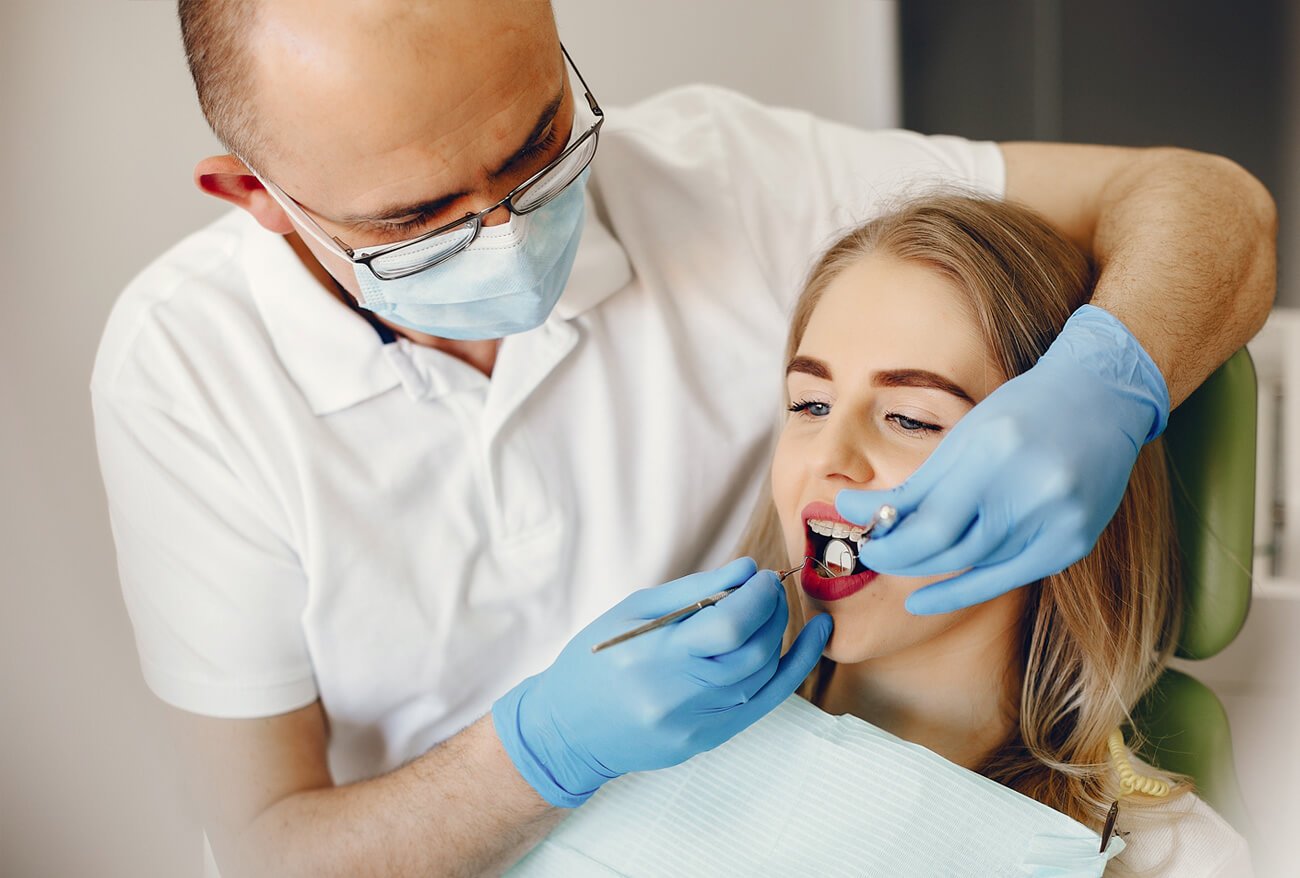- 604-336-2050
- 3638 Kingsway (Near Boundary Road) Vancouver, B.C
Information on some of the Children Dentistry, Vancouver
At Dental Essence we know that your child teeth are important to you and we are as committed to their total health as you are! Infants children and teens all require different education and care to promote oral health and avoid future dental problems. It is never too early to pave the way for a lifetime of healthy teeth and gums for your beloved ones every stage of life presents new challenges.
At dental essence our team of experienced professionals
Preventative treatment as well as tips on teething and brushing for babies and infants. Regular preventative visits orthodontic assessments custom-fitted sports mouth guards. Reinforcement of good oral hygiene preventative treatment and cosmetic consultations for teens and young adults.
We strive to make your child dental health as much their passion as it is ours
Anxiety
Dental anxiety is prevalent among children. Treating a child with dental anxiety presents a challenge to the dental clinician. In fact it has been reported
that dentists consider the fearful child to be among the most problematic types of patients. What follows are several behavioral and technical strategies that should prove helpful in managing the child with dental anxiety.
Pit and fissure sealant
A sealant is a strong plastic clear or tooth-colored coating that a dental hygienist applies to the chewing surfaces of the back teeth where pit and fissures form. A sealant acts as a barrier protecting the enamel from bacterial plaque in these cavity-prone areas in Children.
The Impact On Oral Health
Fissures are the grooves on the chewing surface of the back teeth caused by normal tooth development. Pits form where two fissures cross. Thorough brushing and flossing help remove food particles and plaque from smooth surfaces of teeth. Pits and fissures however are extremely difficult places to clean. Tooth brush bristles cannot reach all the way into the depressions and grooves to remove food and plaque. The enamel layer can also be particularly thin in pits and fissures causing decay to progress easierfaster and deeper into the grooves. Sealants protect these vulnerable areas by “sealing out” plaque and food.
Fluoride Treatments
Fluoride treatments are especially important for children under the age of six. Even though young children do not yet have their permanent teeth fluoride treatments can prevent bacteria build-up around the gums fight gingivitis and help establish long-term dental health. Fluoride primary benefit is that it helps prevent tooth decay and can even reverse erosion that has already taken place. As mentioned previously if plaque forms on the teeth and eats away at the enamel fluoride treatments can replace the minerals in the enamel that have eroded. This allows teeth to remain healthy.
Space Maintainer
Children may need space maintainers if they lose a tooth early or have a baby (primary) tooth extracted due to dental decay. If either is the case it is important to know the benefits of using a space maintainer and how it can help support your child dental health.
A space maintainer is an appliance that is custom-made by a dentist in acrylic or metal material. It can be either removable or cemented in a child mouth. Its purpose is to keep the space open to allow the permanent tooth to erupt and come into place. Baby teeth are important to the development of the teeth jaw bones and muscles and help to guide permanent teeth into position when the baby teeth are lost. If a space is not maintained then teeth can shift into the open space and orthodontic treatment may be required. Not every child who loses a baby tooth early or to dental decay requires a space maintainer; however a professional consultation with your dentist should be conducted to determine if using a space maintainer is needed.
Mouth Guards
Mouth guards also called mouth protectors help cushion a blow to the face minimizing the risk of broken teeth and injuries to your lips tongue face or jaw. They typically cover the upper teeth and are a great way to protect the soft tissues of your tongue lips and cheek lining. Knowing how to prevent injuries like these is especially important if you participate in organized sports or other recreational activities. When it comes to protecting your mouth a mouth guard is an essential piece of athletic gear that should be part of your standard equipment from an early age. In fact studies show that athletes are 60 times more likely to suffer harm to the teeth if they are not wearing a mouth guard. While collision and contact sports such as boxing are higher-risk sports for the mouth you can experience a dental injury in non-contact activities too such as gymnastic skating and cricket.



